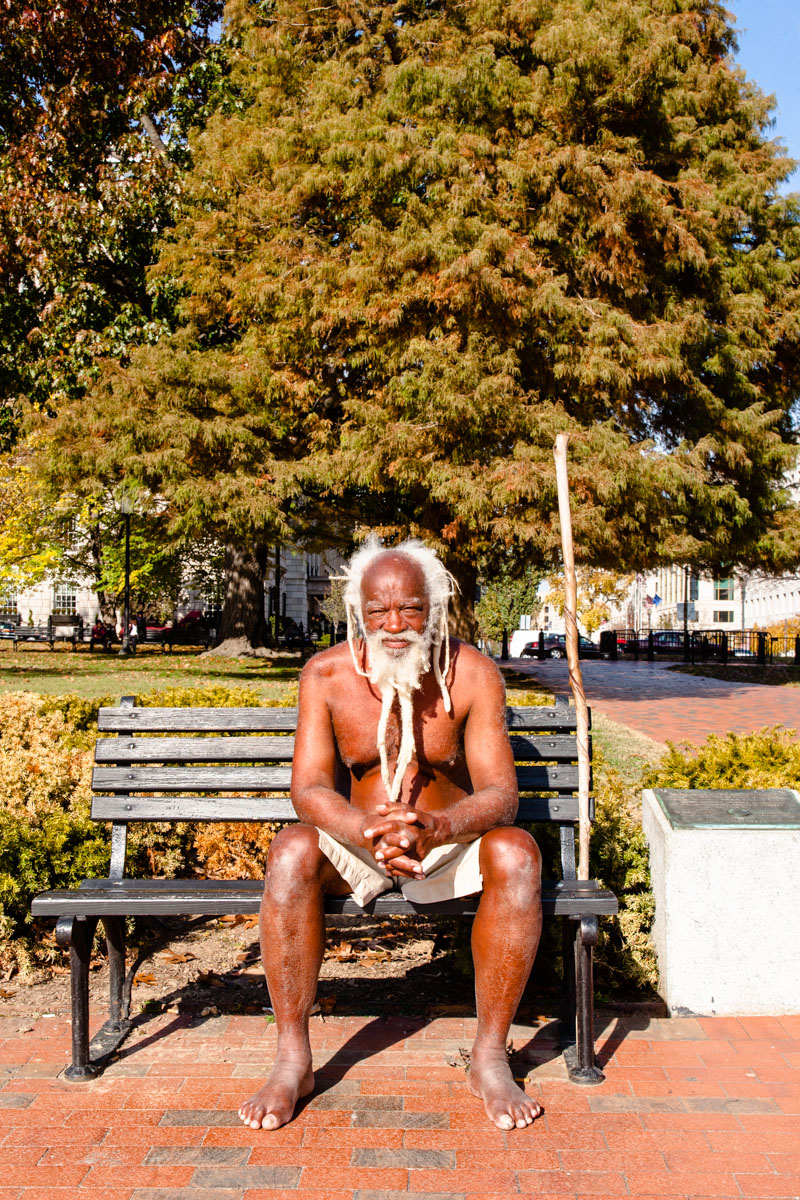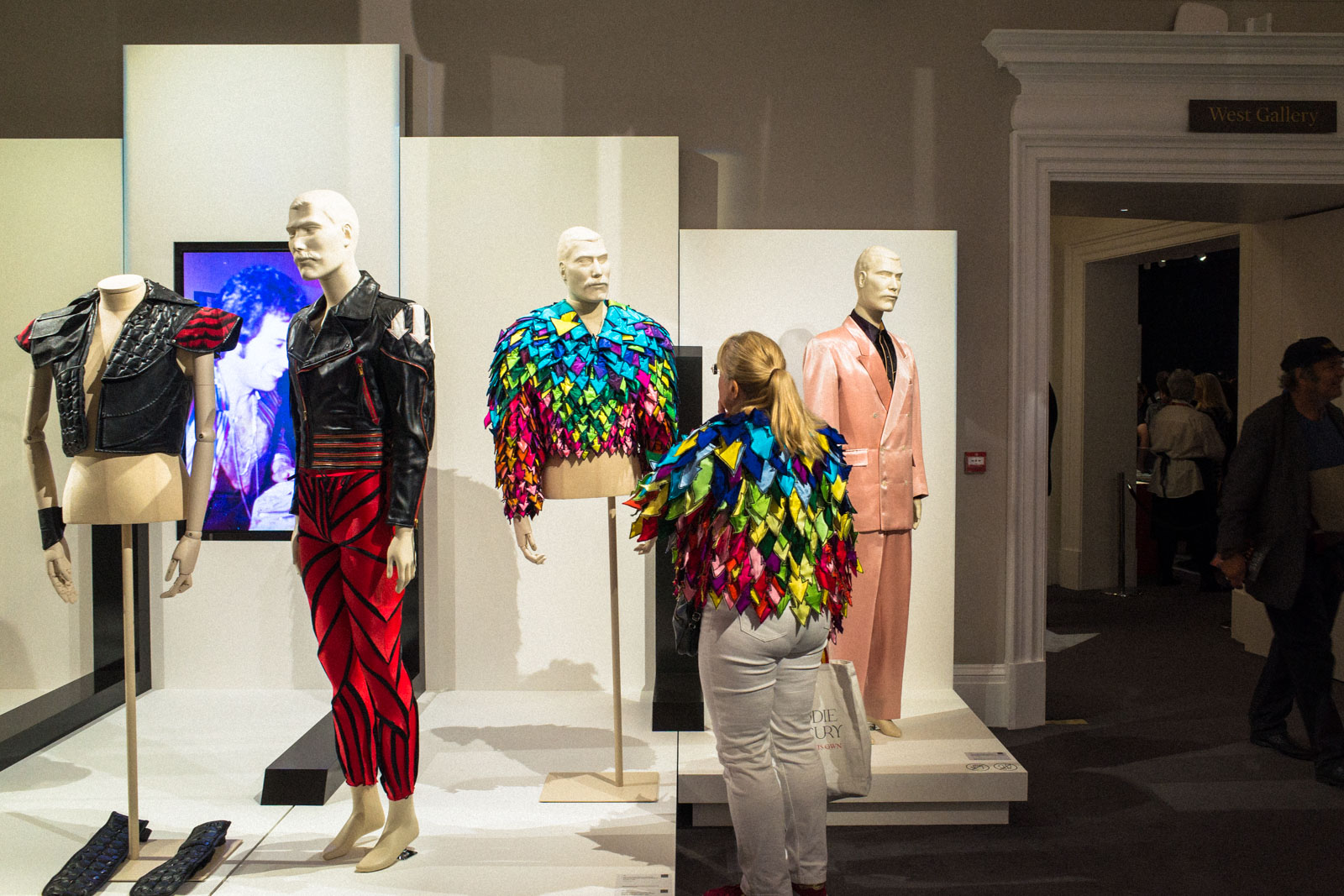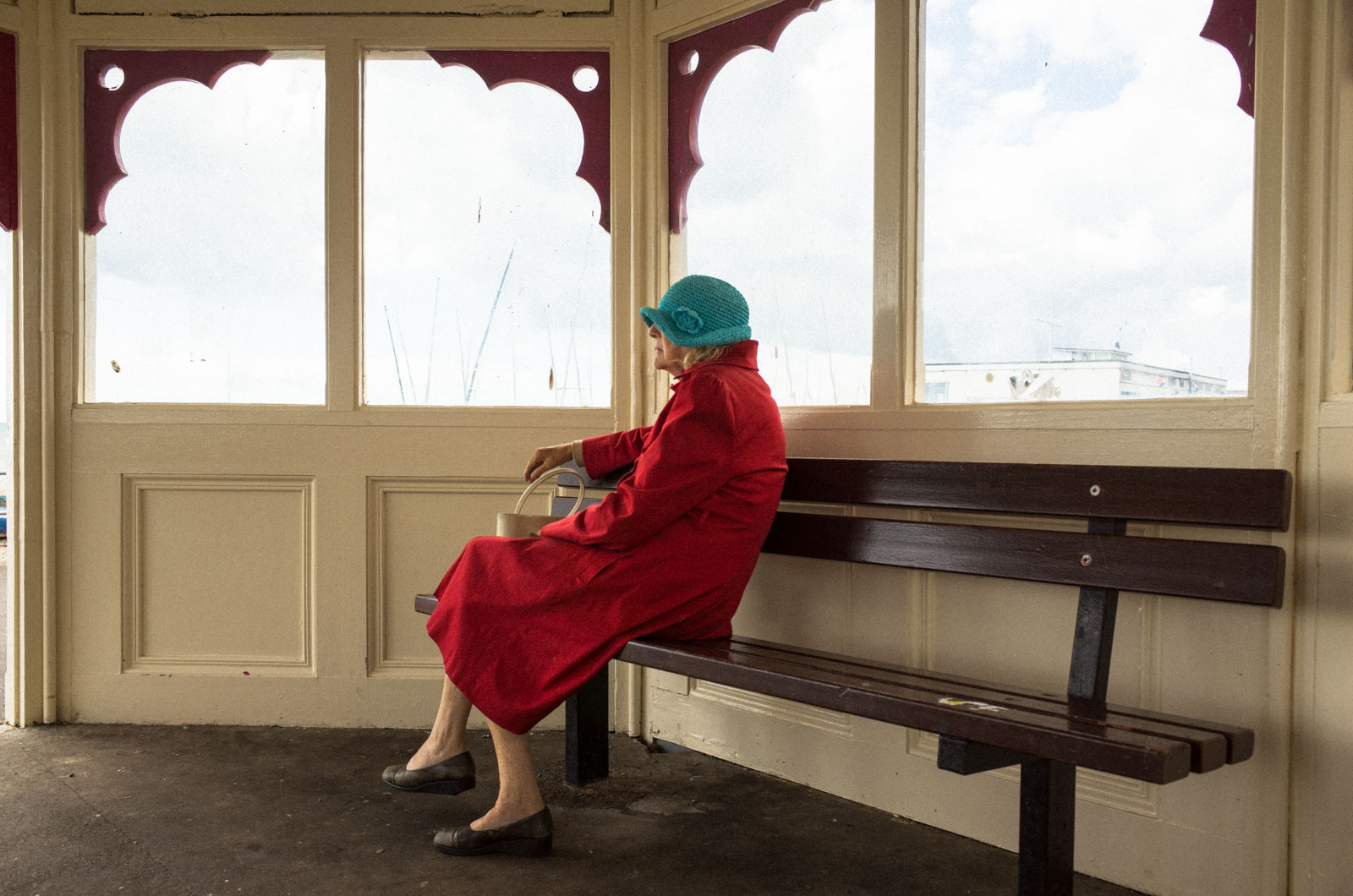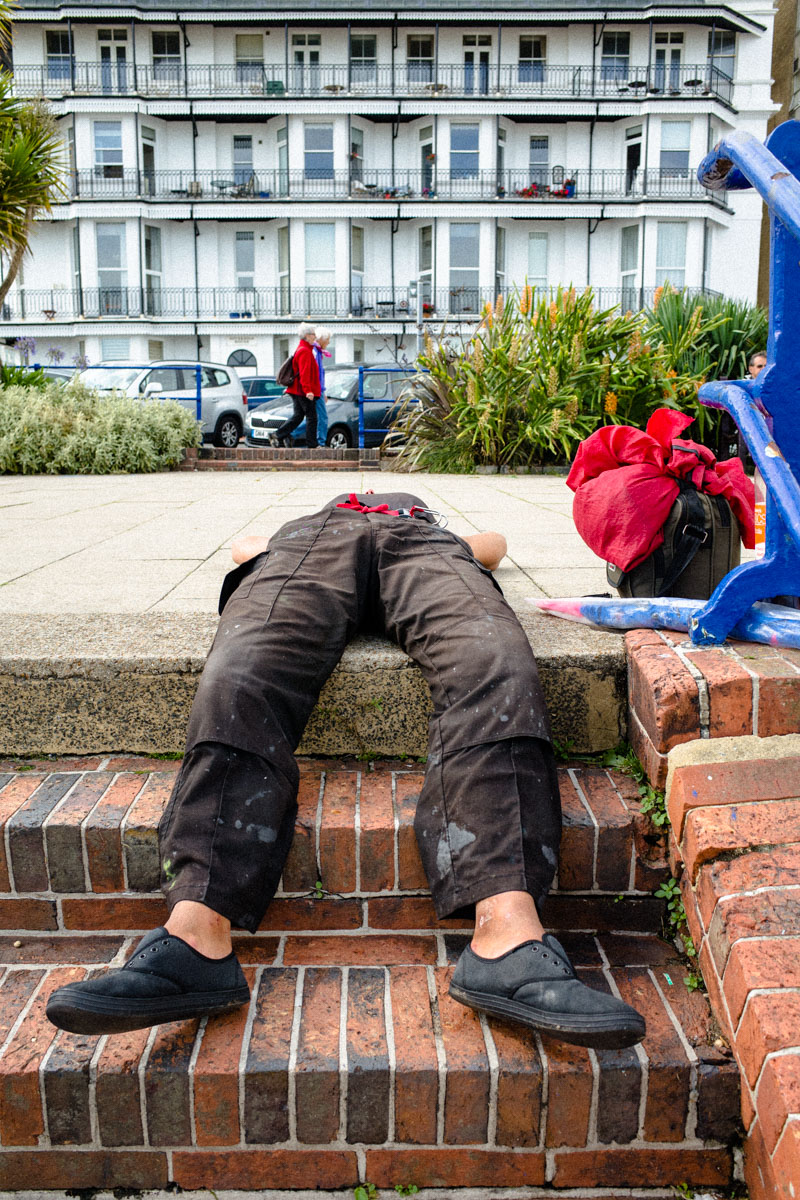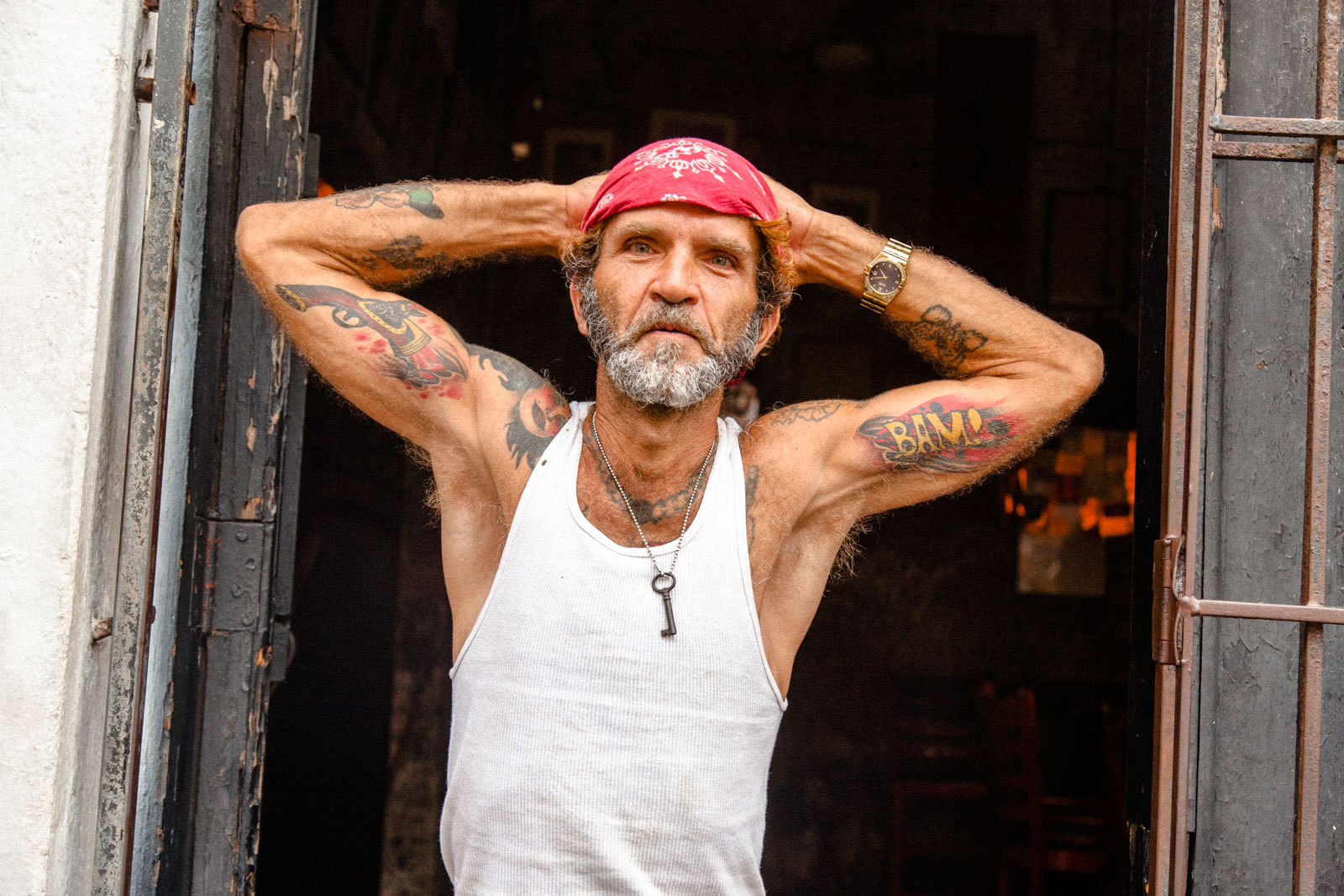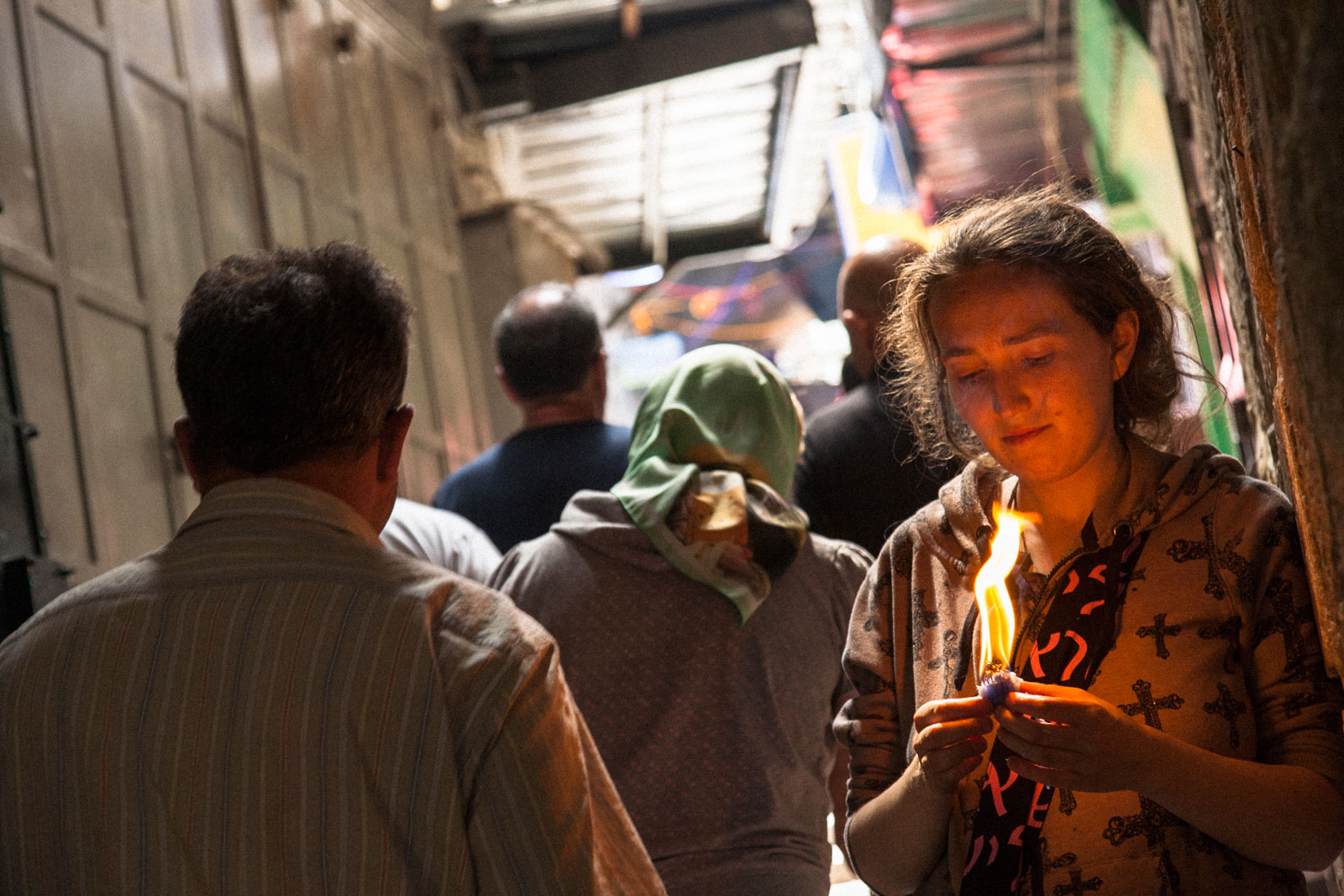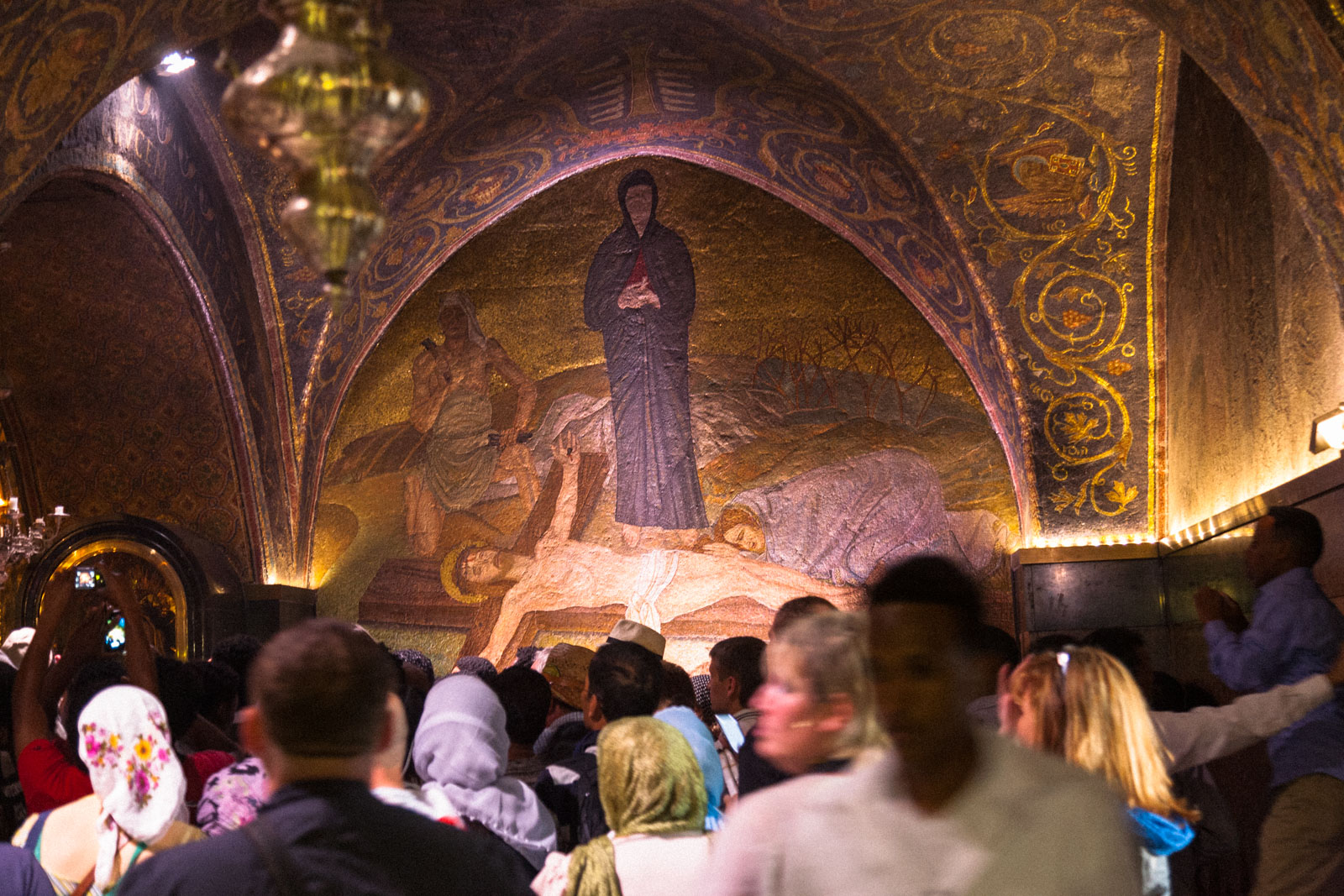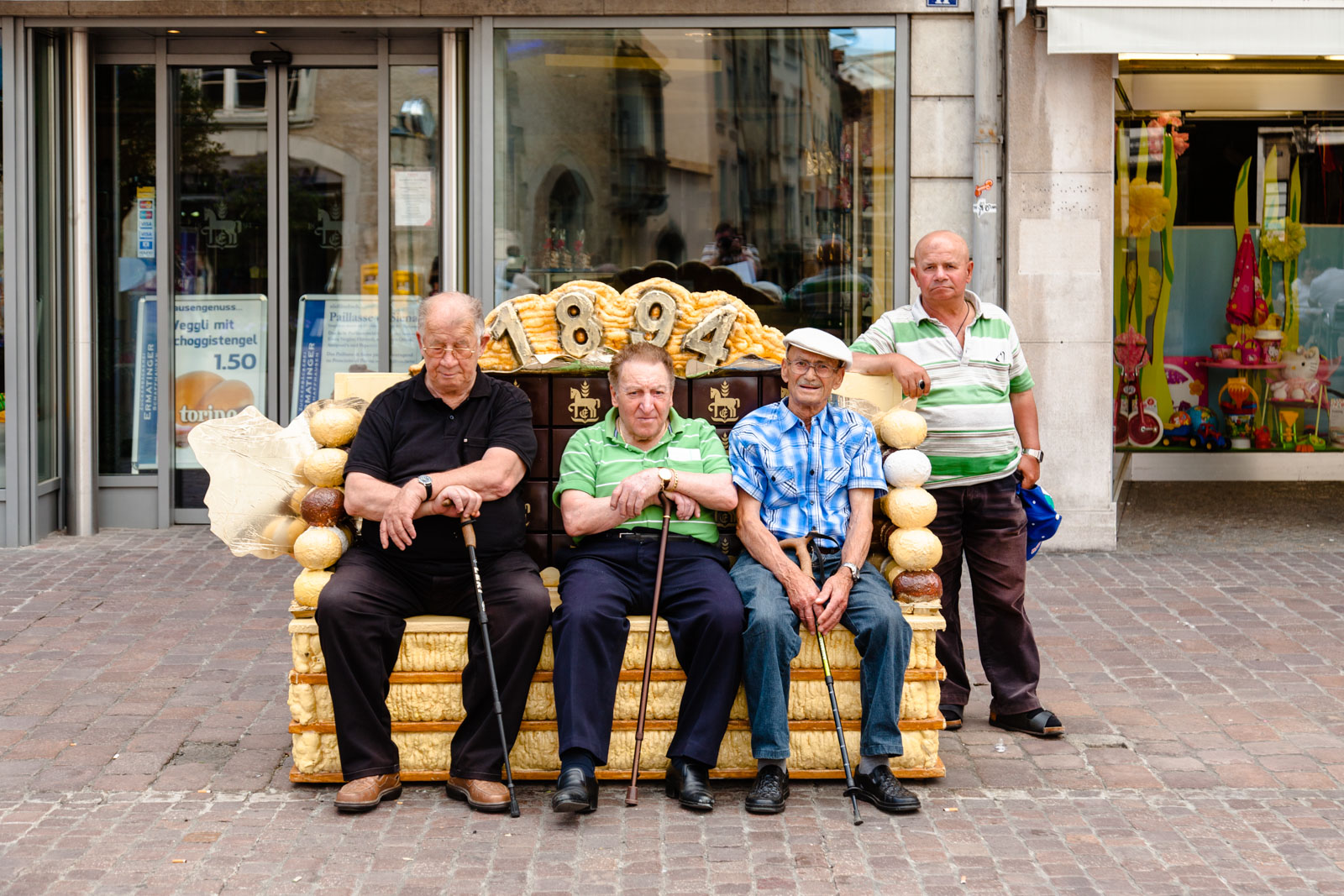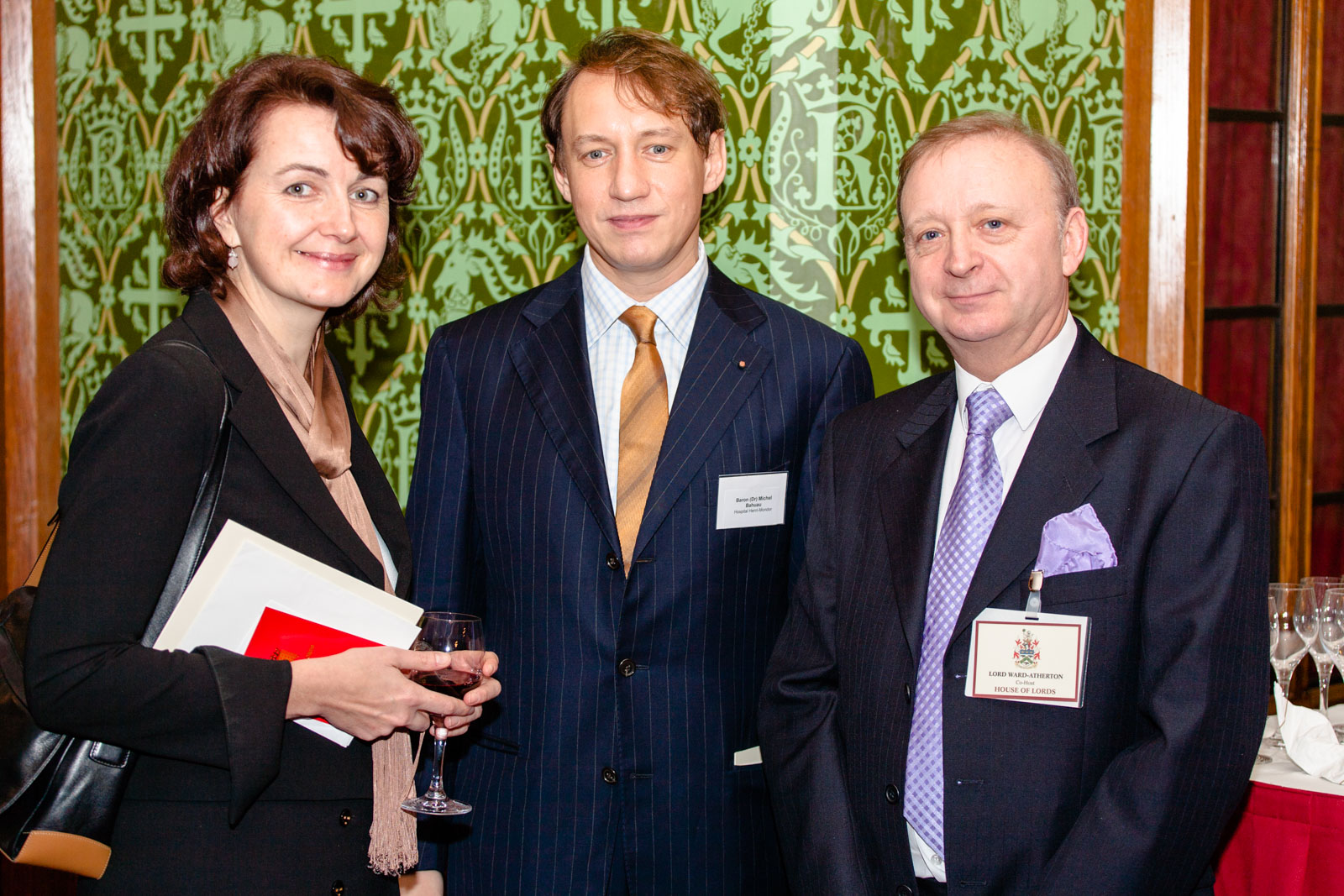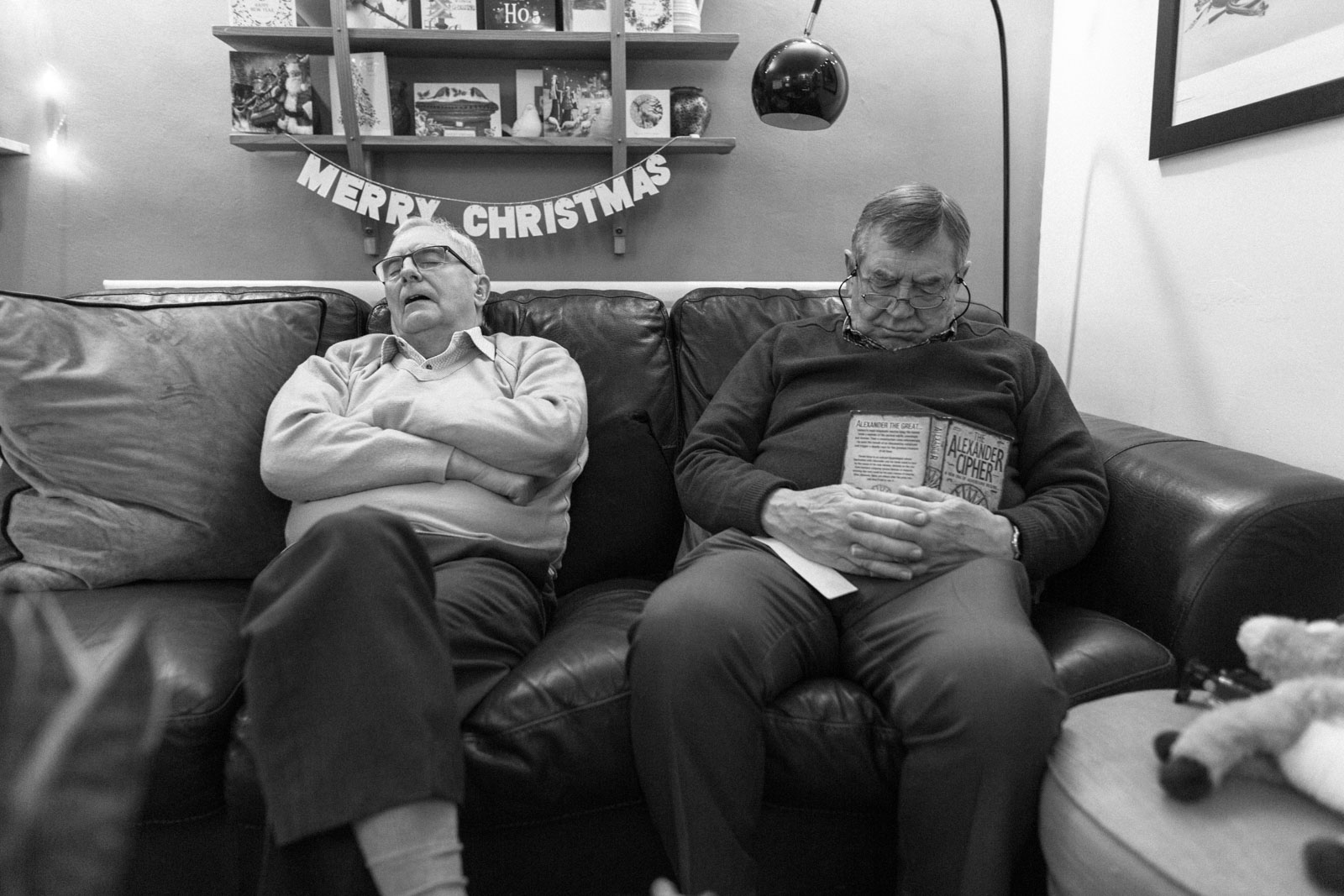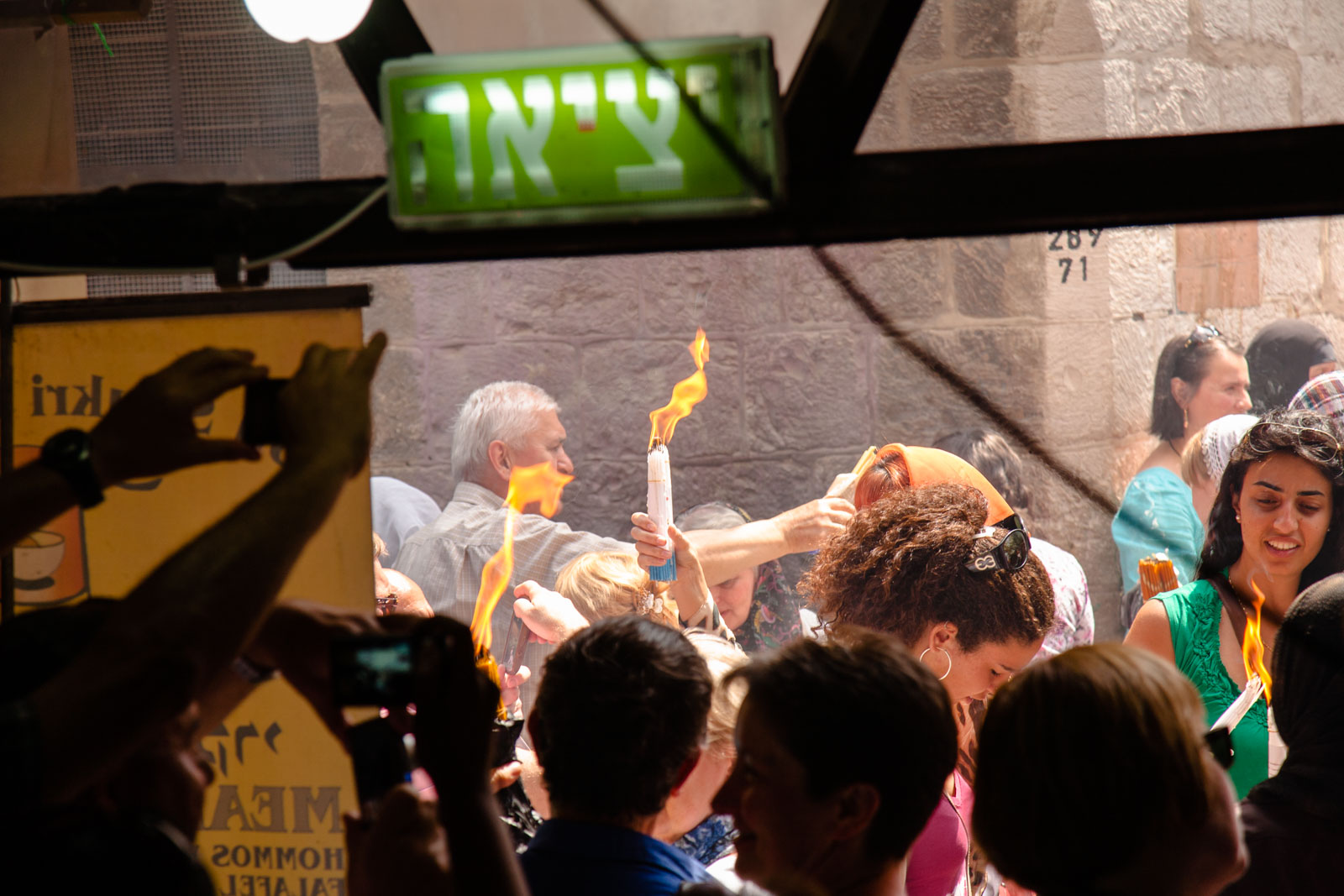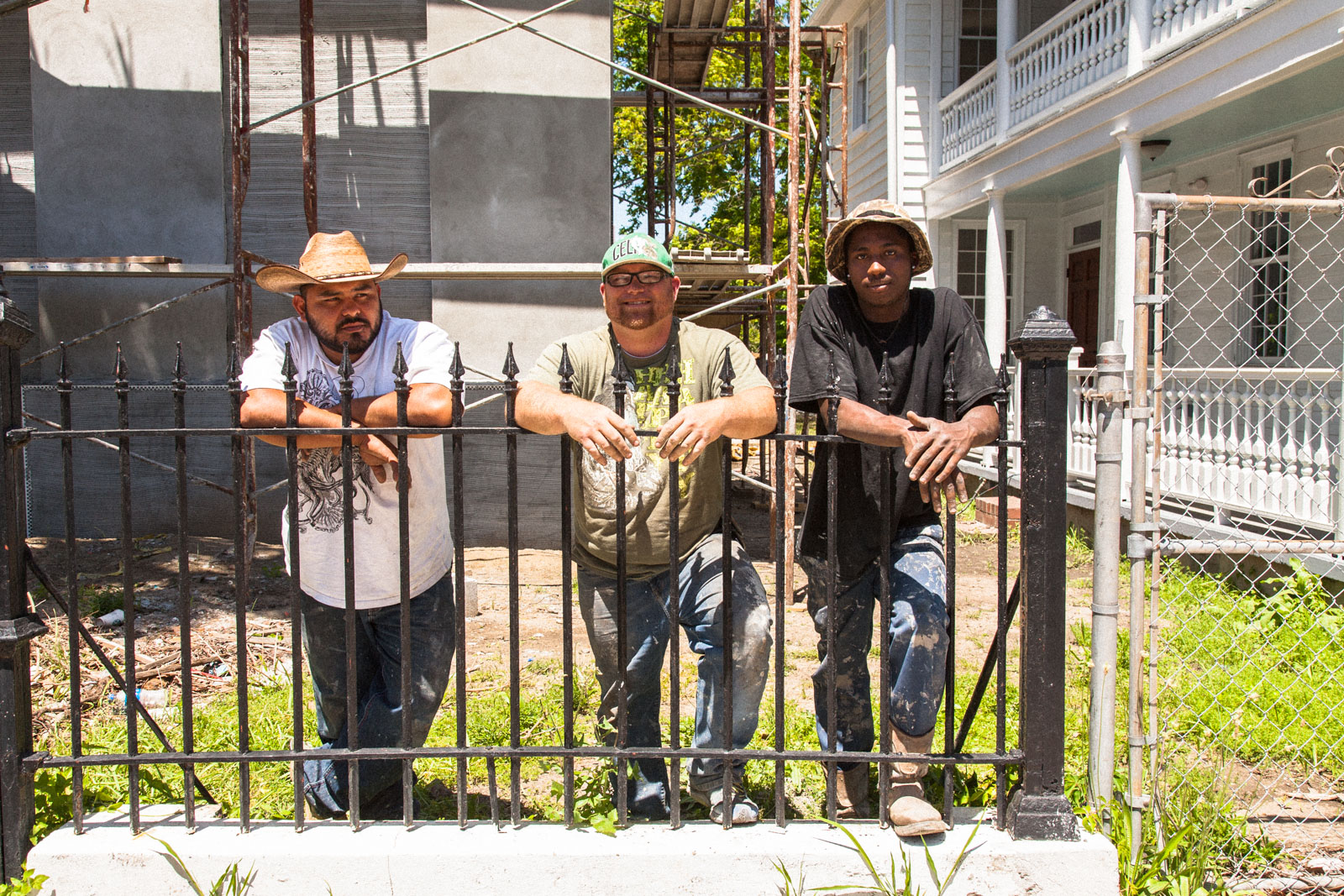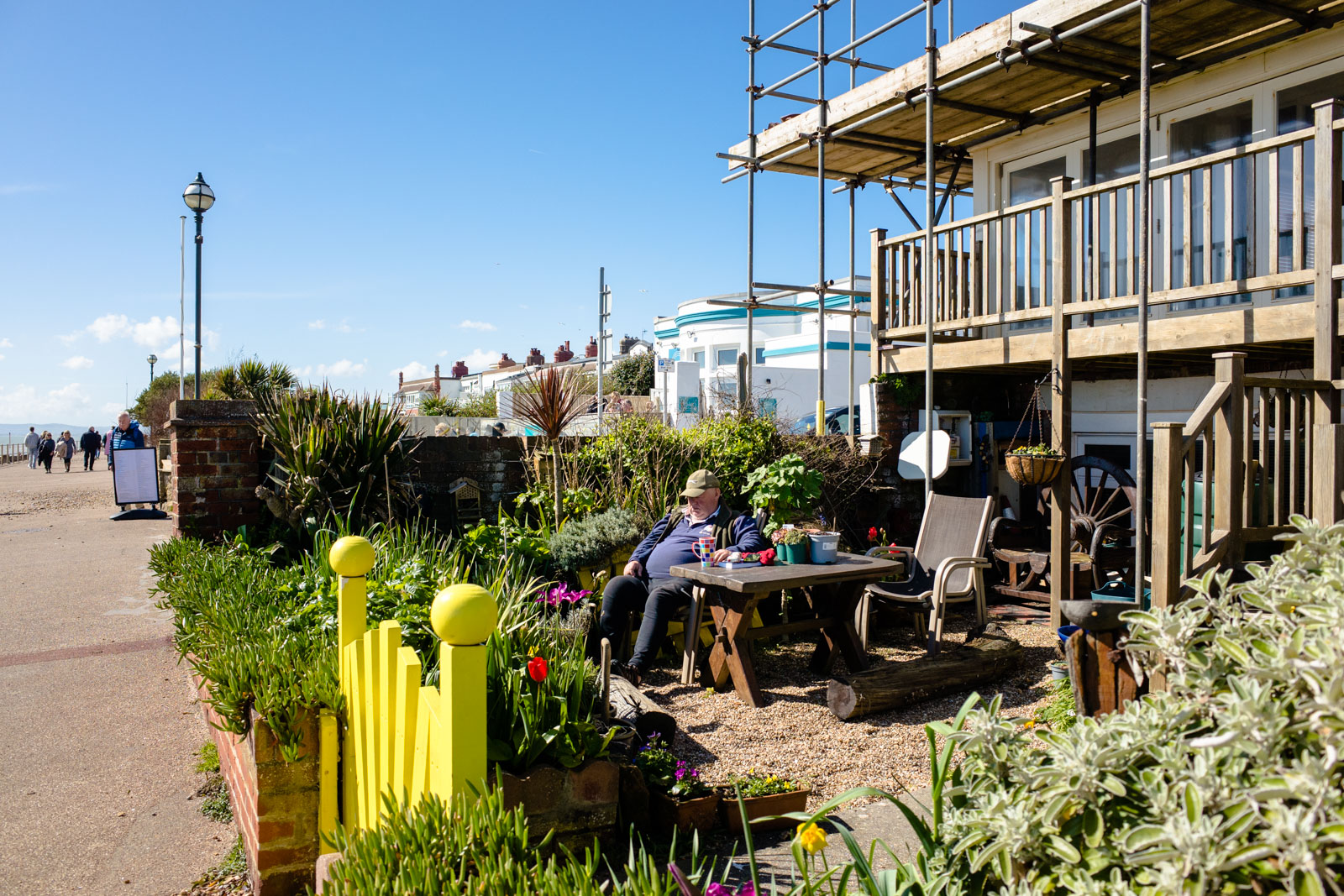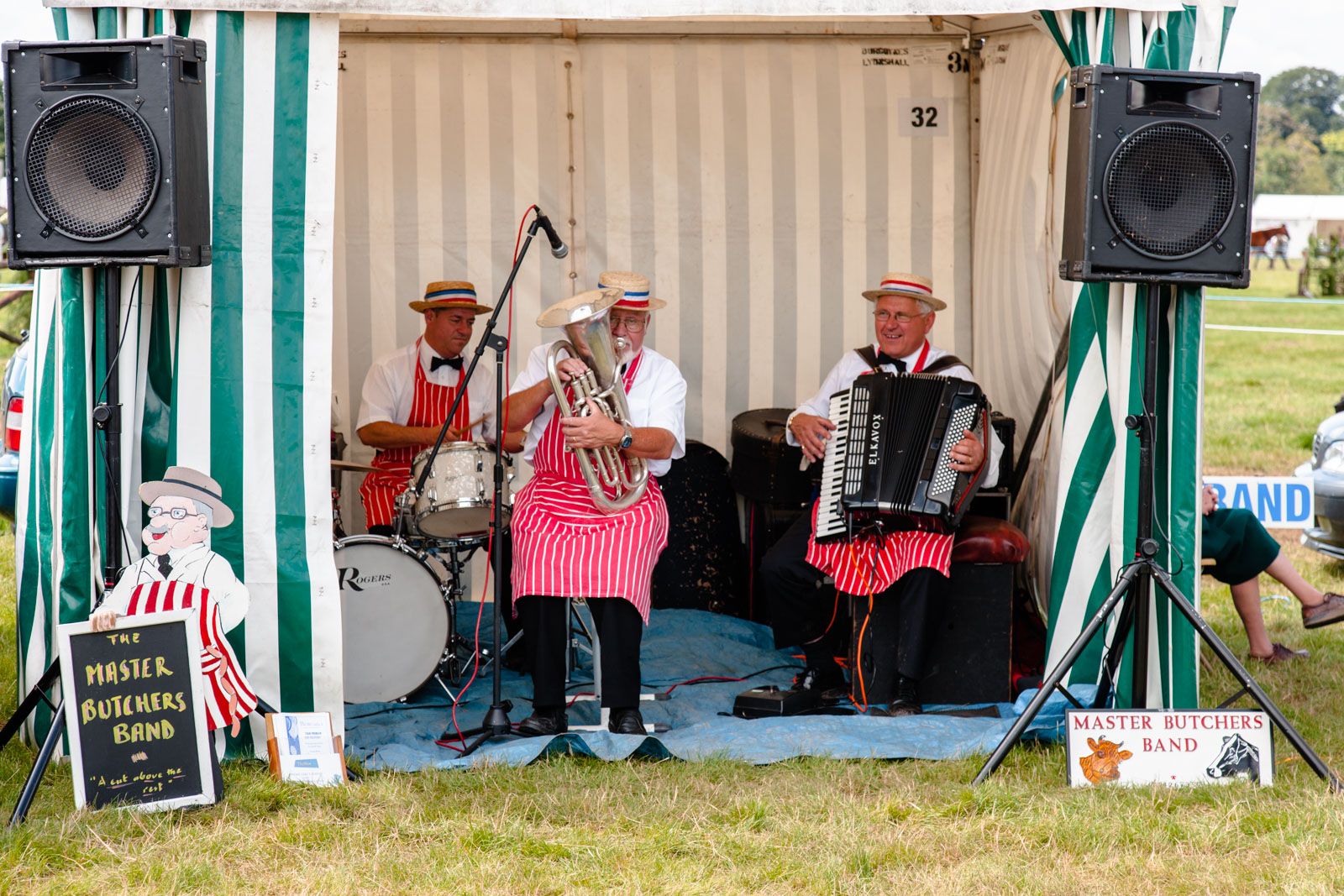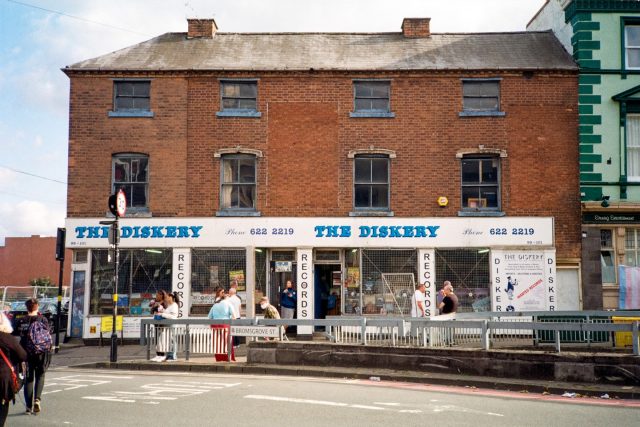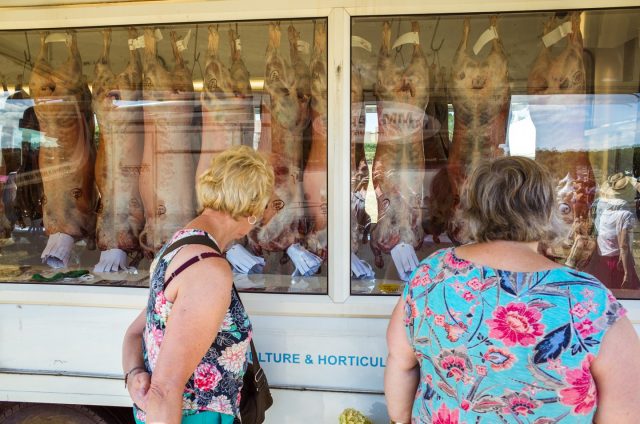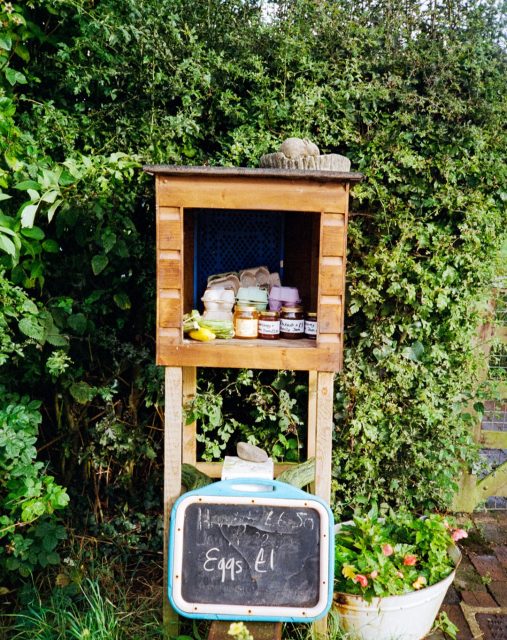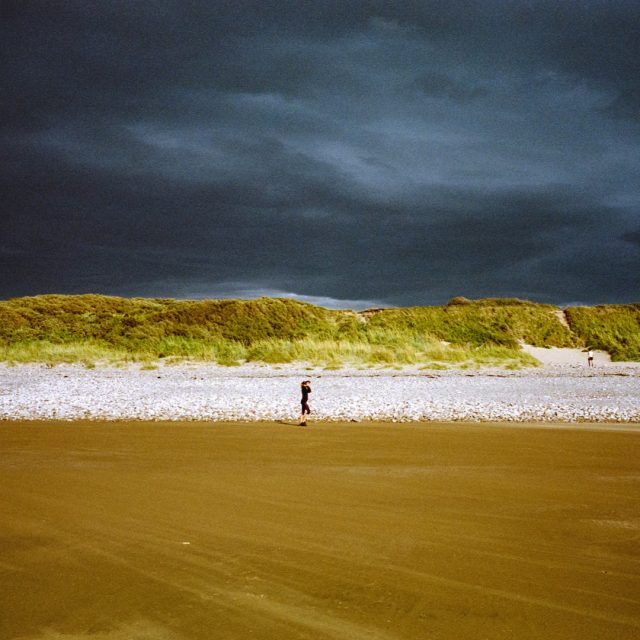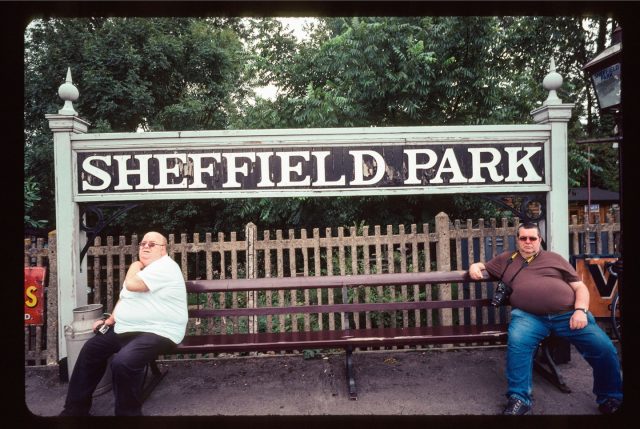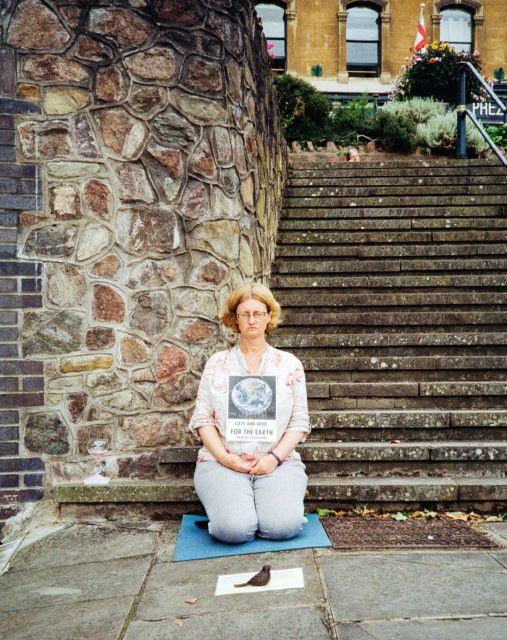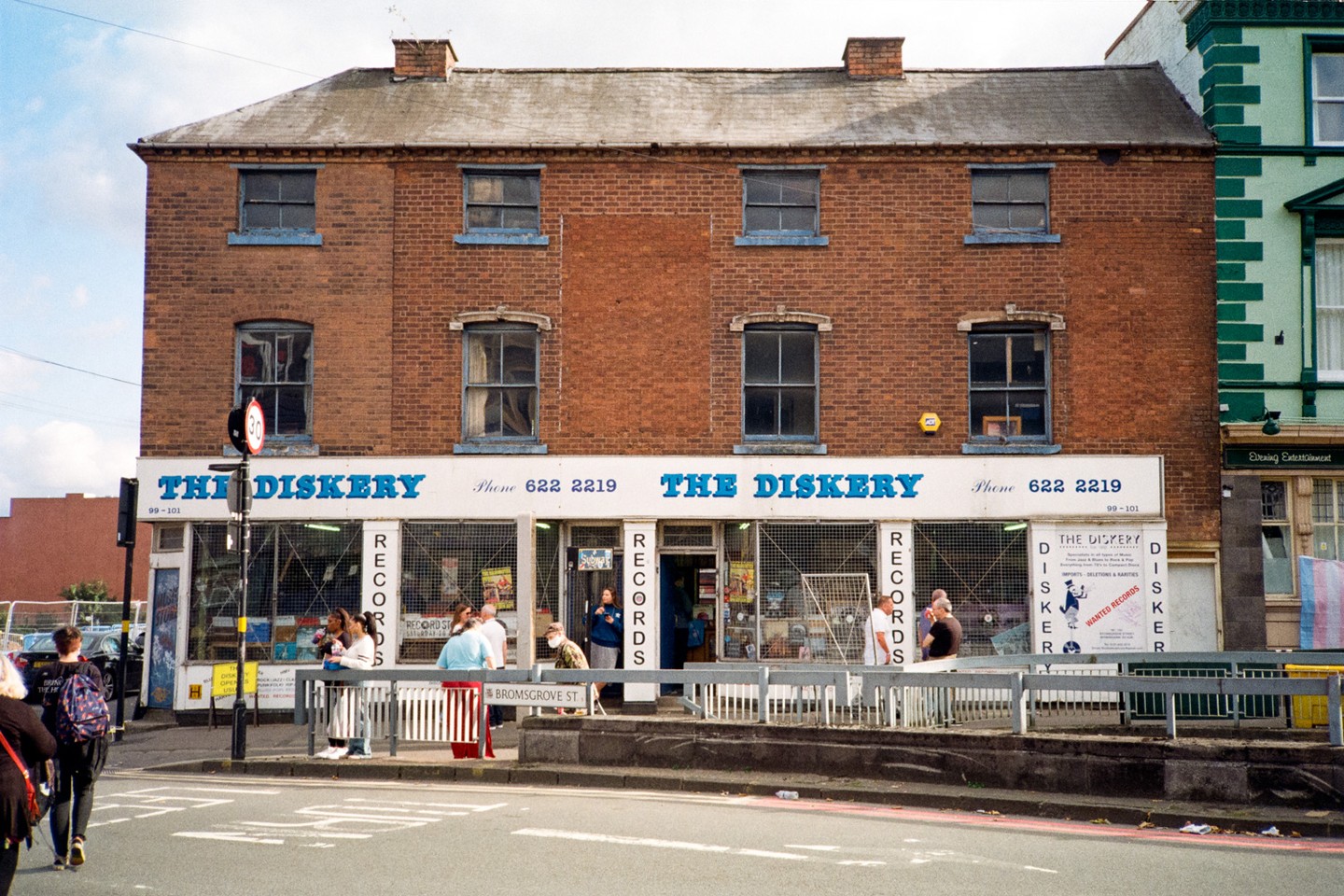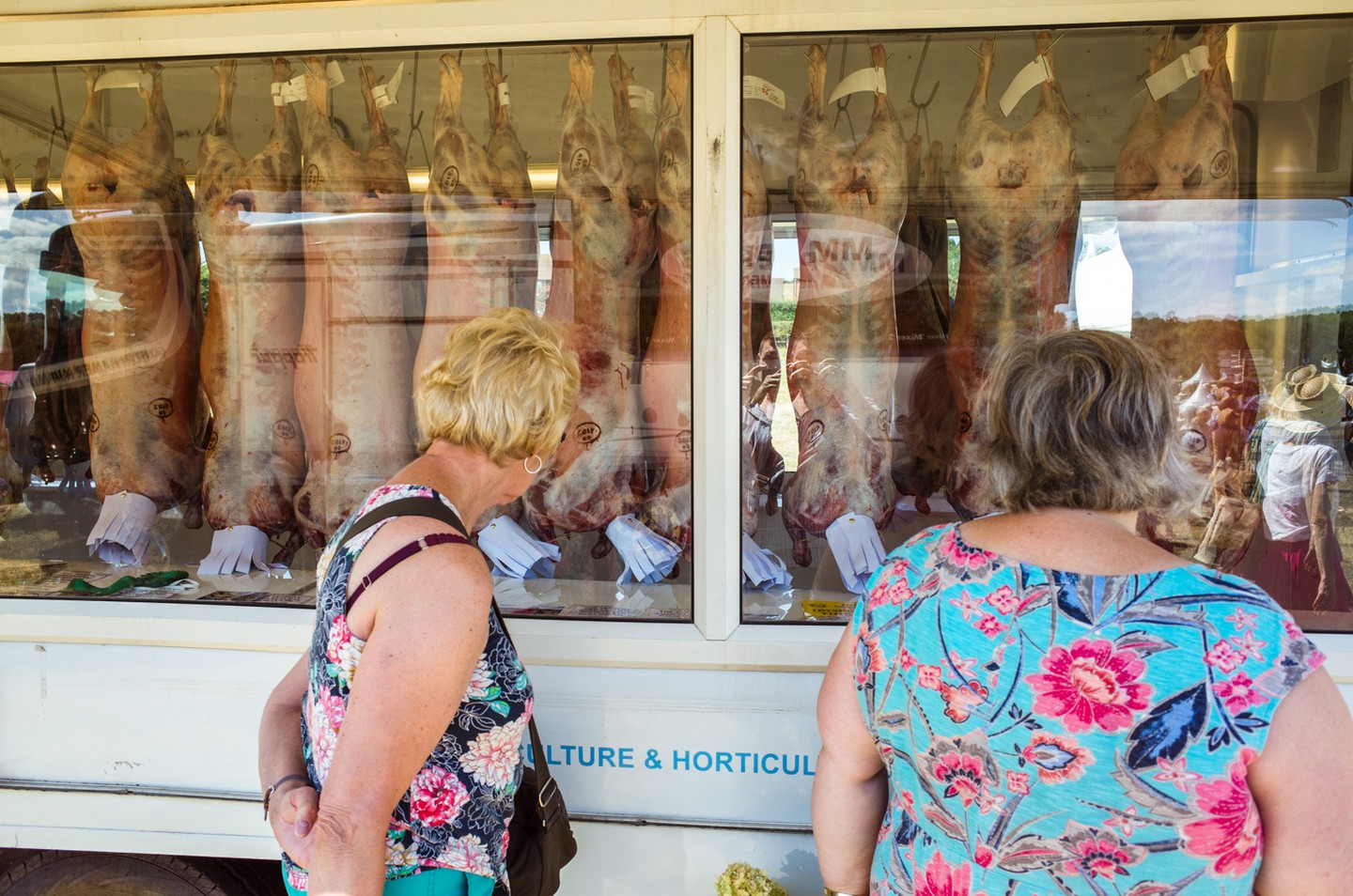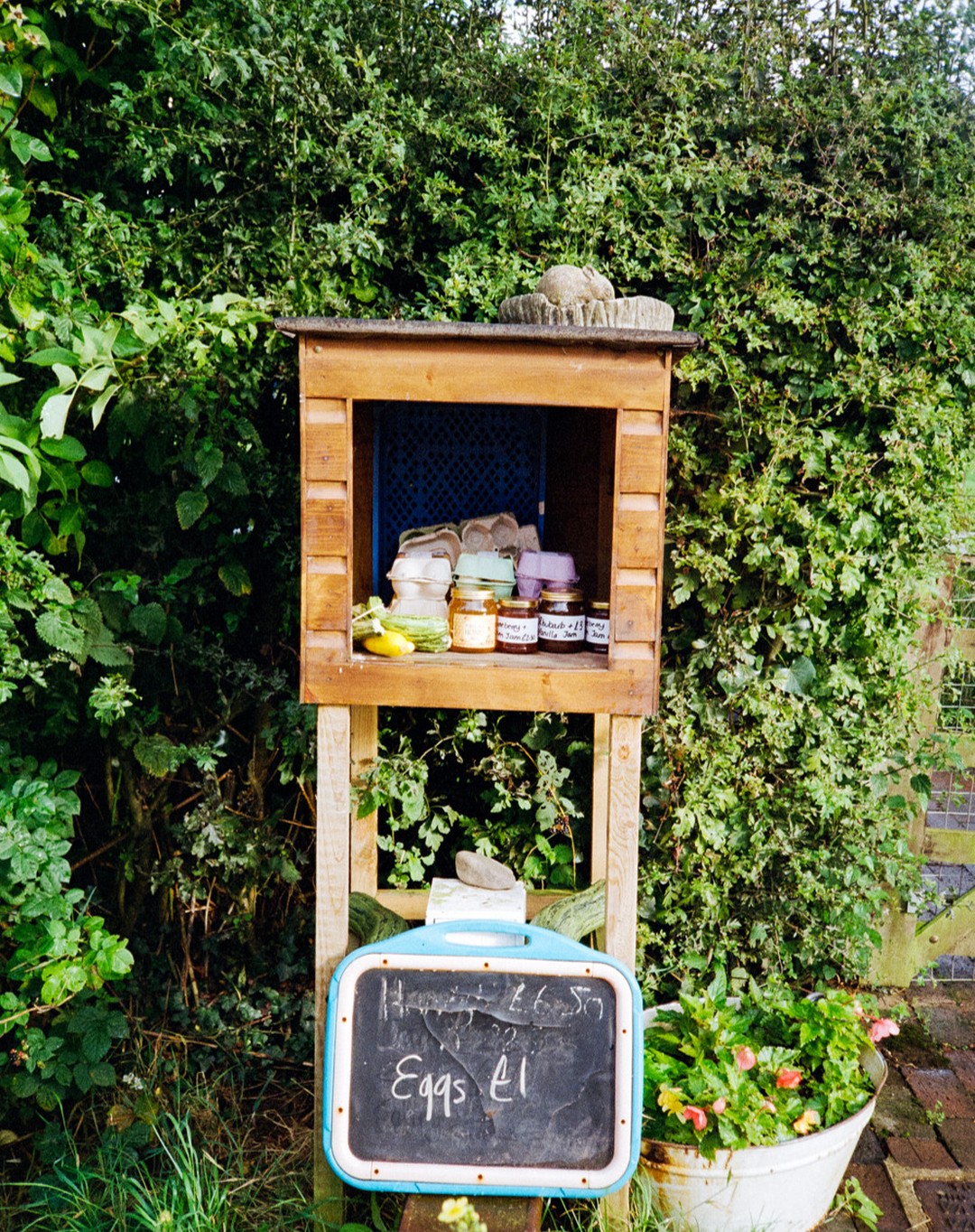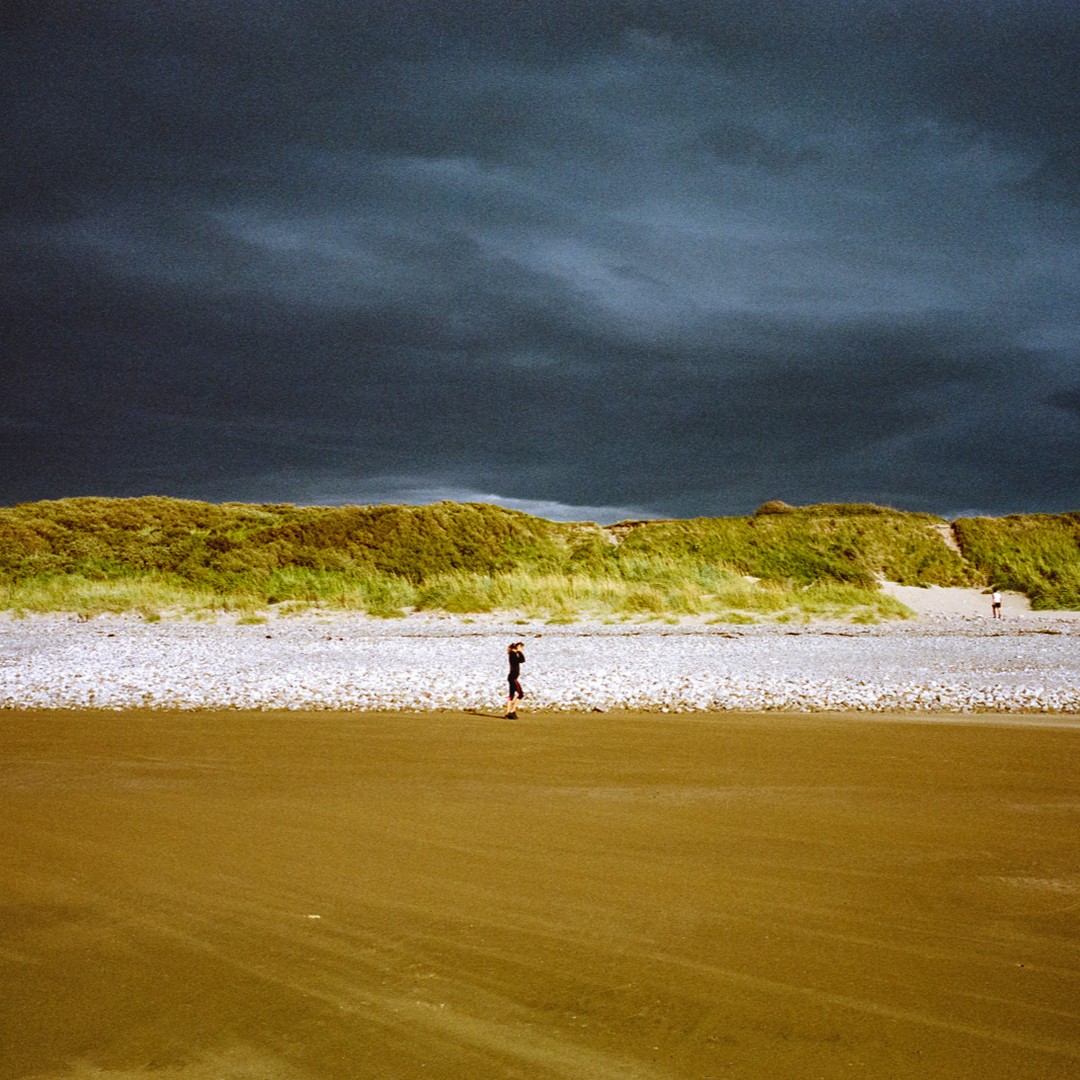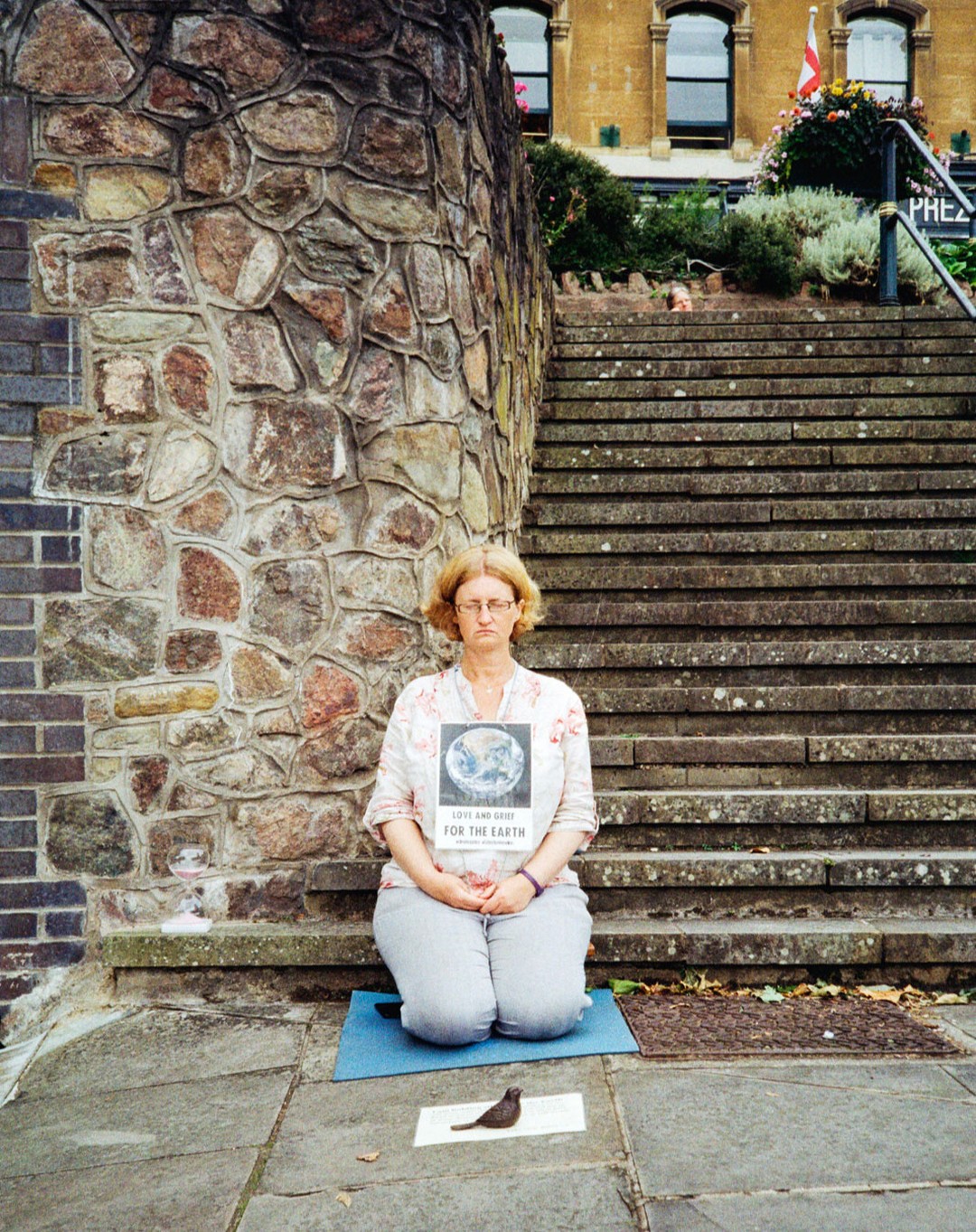“Who We Are”
Welcome to “Who We Are” – an introspective journey into the essence of our being. In this portfolio, I delve into the layers that define our identity, capturing images of body, mind, faith, and the intimate reflection of self-portrait.
Our bodies, the vessels through which we experience the world, are a testament to resilience, strength, and vulnerability. From the intricate lines etched by time to the graceful movements that express our emotions, each image celebrates the beauty and complexity of the human form.
Within our minds lies a universe of thoughts, dreams, and aspirations. Through imagery, we explore the labyrinth of intellect, creativity, and introspection, illuminating the profound depths of our cognitive landscape.
The myriad forms of faith serve as a guiding light, offering solace, strength, and purpose. Whether expressed through rituals, symbols, or acts of devotion, the images in this collection pay homage to the power of belief in shaping our lives and communities.
And in the ultimate act of introspection, we turn the lens inward to capture the essence of self. Through self-portraiture, we confront our fears, embrace our vulnerabilities, and celebrate our uniqueness, forging a deeper connection with the very core of our being.
Join me on this intimate exploration of identity as we unravel the threads of body, mind, faith, and self-portrait to discover the intricate tapestry of “Who We Are.”
